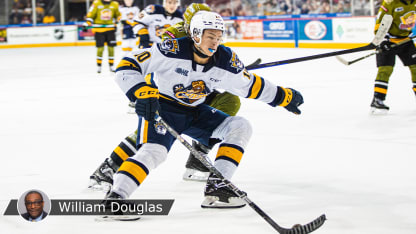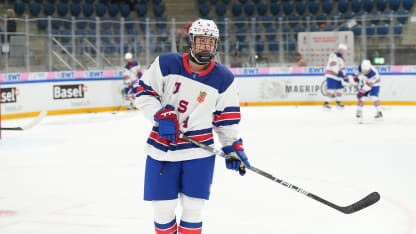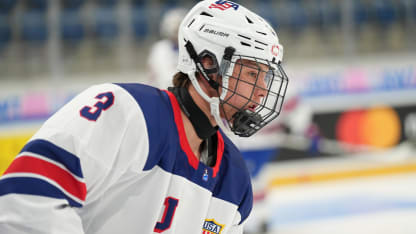William Douglas has been writing The Color of Hockey blog since 2012. Douglas joined NHL.com in 2019 and writes about people of color in the sport. Today, he profiles Carey Terrance, a forward with the Erie of the Ontario Hockey League and the U.S. national team that won the IIHF Under-18 World Championship in Switzerland. Terrance, who is Mohawk, is No. 38 on NHL Central Scouting's final ranking of North American skaters ahead of the 2023 Upper Deck NHL Draft in Nashville on June 28-29.
Color of Hockey: Terrance hopes to represent Mohawk Nation in NHL
Erie forward 'feels like the whole community is behind me' heading into 2023 Draft






















